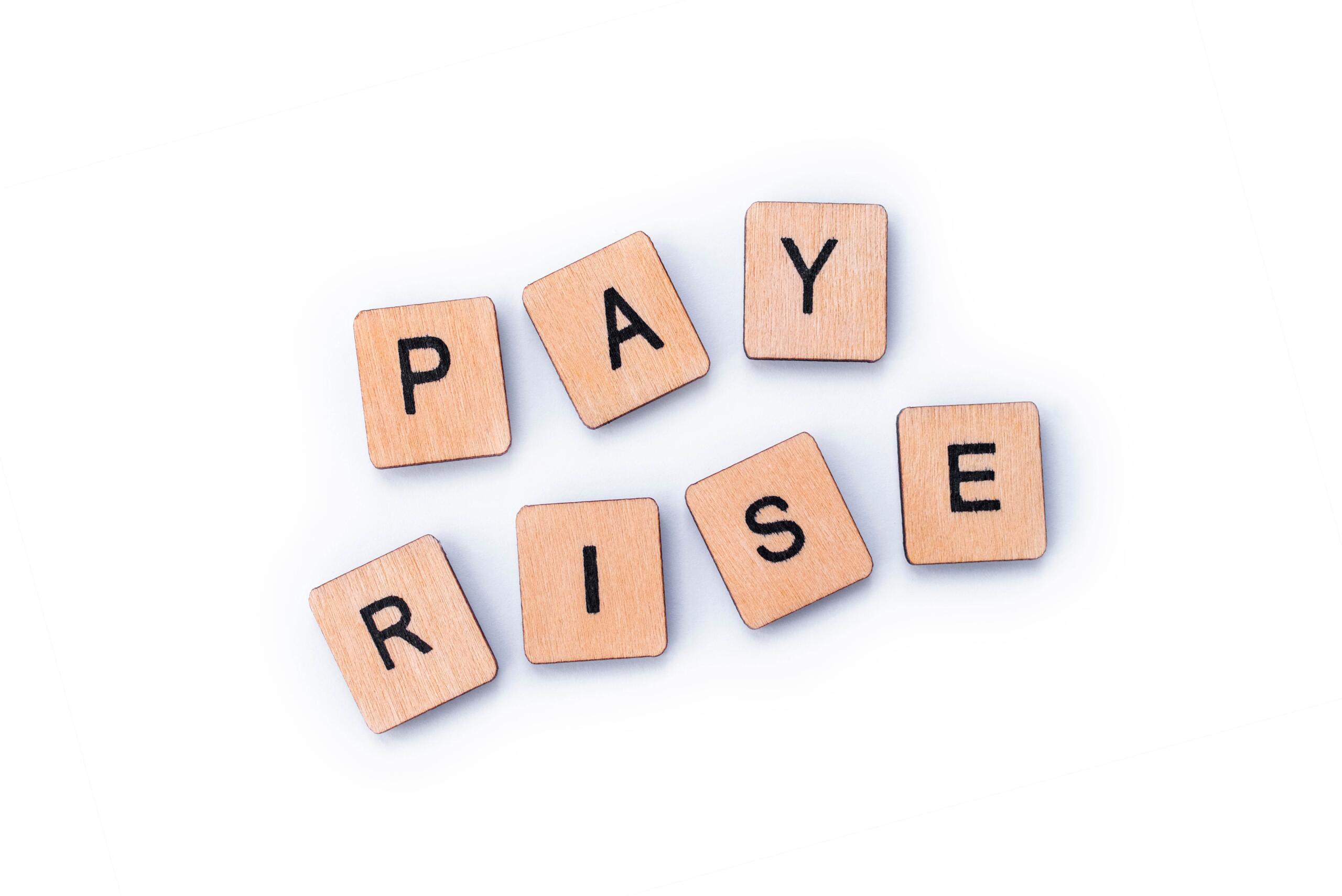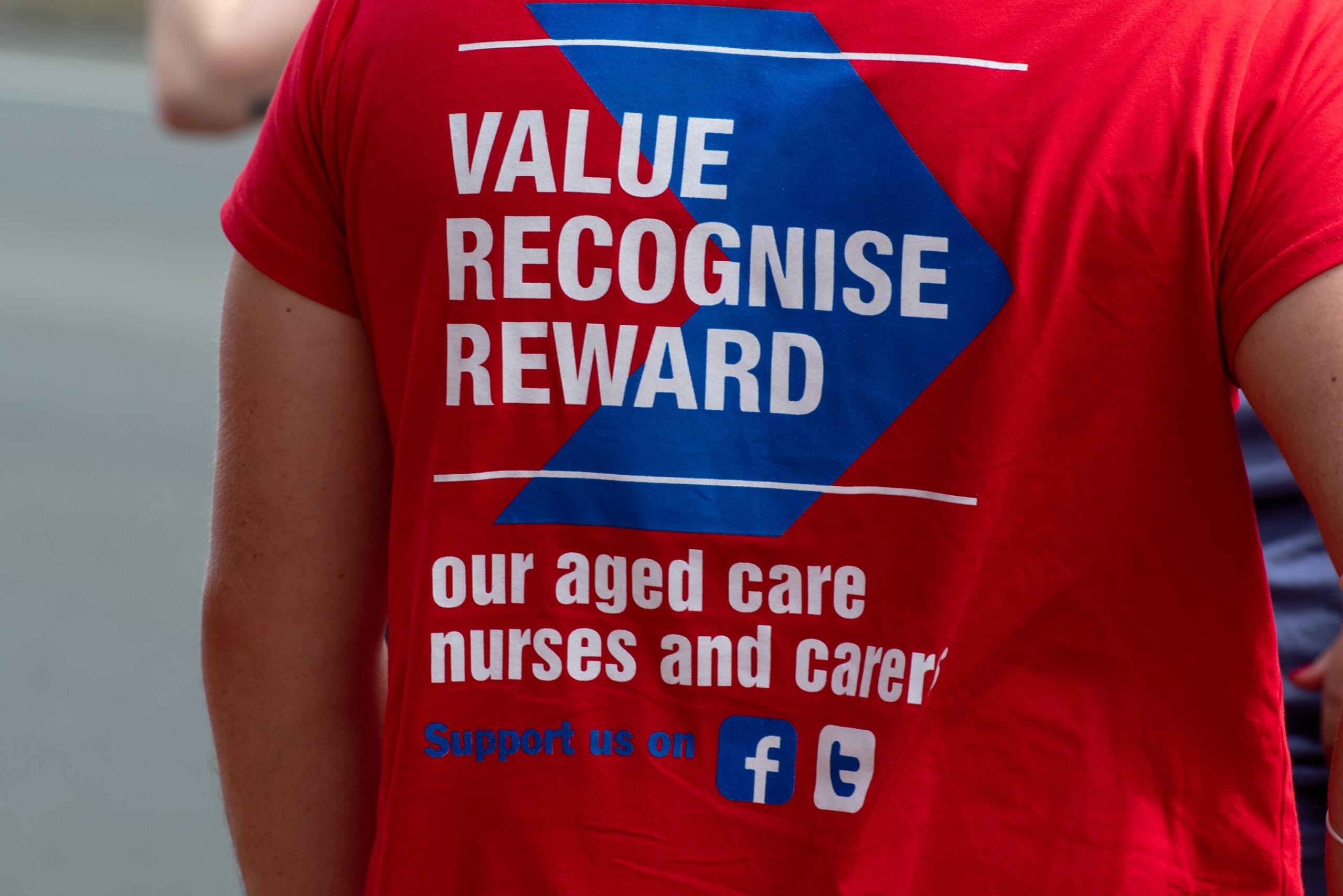
Members are encouraged to read our newsflashes and the COVID-19 information for health workers provided on the Department of Health and Human Services (DHHS) and the Commonwealth Department of Health websites.
Information is updated regularly. ANMF has collated the important links all in one place, so you don’t have to go looking. Please bookmark and check this page regularly – anmfvic.asn.au/COVID-19
Members with COVID-19-related employment questions can ask via the Member Assistance online inquiry form anmfvic.asn.au/covid-19. Please read the information on our website before submitting a question. Member Assistance is not taking phone inquiries as ANMF staff are working remotely. Members whom ANMF deems have complex inquiries will still have phone contact with staff.
The DHHS Coronavirus Guidance Note on Employment-Related Matters was last updated 20 July.
Latest coronavirus statistics in Victoria
View the latest Victorian statistics and the national statistics.
You are not in this alone, call NMHPV before you feel overwhelmed
Did you know Victorian nurses, midwives, students of nursing and midwifery and aged care personal care workers have access to the independent, free and confidential mental health support, counselling and referral services?
The Nursing and Midwifery Health Program Victoria is run by nurses and provides tailored support for the nursing, midwifery and personal carer workforce.
On Sunday 8 August, the Andrews Government announced a further $250,000 for the NMHPV to be able to respond to the increased need for its services during the pandemic. The government provided $350,000 to the service in May.
Mental health support is not a replacement for the right PPE and the right infection controls and processes (see below). ANMF continues to work with the Victorian Government, the Department of Health and Human Services, health facility representatives and our members to quickly to resolve any issues raised.
To contact NMHPV call 9415 7551 or email admin@nmhp.org.au
Personal protective equipment update – includes private aged care
Members would be aware of media reports over the weekend about PPE shortages. It is not what most members are telling ANMF.
Countless ANMF interviews and statements have been provided to journalists and media outlets, but the media is inclined to only publish those raising alarm, rather than those voices who want to identify and fix the issues.
There is absolutely a concern over the number of healthcare workers contracting COVID-19. Safer Care Victoria is doing some work to understand, where possible, where transmission occurred. ANMF understands a significant number of these healthcare workers are from the private aged care sector.
It is important nurses, midwives and carers are safe and feel safe at work.
Over the past week, ANMF has received 37 PPE inquiries. Most inquiries have been about PPE education and safe donning and doffing (taking PPE on and off).
Once notified of a PPE issues at your workplace ANMF will work to resolve the issue at your workplace management level. If necessary, we take the issue to the Safer Care Workplace PPE taskforce union committee level, the Department of Health and Human Services and WorkSafe Victoria.
As advised in the 4 August newsflash, the Victorian Department of Health and Human Services updated its personal protective equipment guidance that applies to all healthcare workers. ANMF participated in the process that led to the expansion of N95 respirators. Which we strongly support.
The advice will be reviewed on 14 August. ANMF will be part of that review, advocating on behalf of members, via the Safer Care Victoria PPE healthcare unions committee.
The following information is from the DHHS website and the latest ‘Guide to the conventional use of PPE’ (updated 6 August) is included in the pdf of this newsflash.
Members are also encouraged to read the 30-page COVID-19 infection control guidelines – Version 2 (updated 8 August).
If your workplace is not following the guidance below or you have a concern please contact ANMF Member Assistance.
N95 respirators
Healthcare workers must wear a N95/P2 respirator:
- in settings where suspected or confirmed coronavirus (COVID-19) patients are cohorted and where frequent, prolonged episodes of care are provided (i.e. providing care for a patient on a dedicated COVID-19 ward).
- in uncontrolled settings where suspected or confirmed coronavirus (COVID-19) patients are cohorted, to avoid the need for frequent changes of N95/P2 respirators.
- where suspected or confirmed coronavirus (COVID-19) patients are cohorted and there is risk of unplanned aerosol generating procedures (AGPs) and/or aerosol generating behaviours. Aerosol generating behaviours include screaming, shouting, crying out, vomiting. (ANMF note: this would be applicable in aged care settings)
- when undertaking an AGP on suspected or confirmed coronavirus (COVID-19) patient.
Use of N95/P2 respirators are not required for health care workers:
- undertaking surgery or AGPs on patients who are not suspected or confirmed to have coronavirus (COVID19) risk factors (Tier 1 PPE precautions)
- working at a coronavirus (COVID-19) testing site and/or undertaking testing for coronavirus (COVID-19) (Tier 2 PPE precautions)
- undertaking procedures (e.g. sample collection) at hotel quarantine sites (Tier 2 PPE precautions)
- patients with aerosol generating behaviours who are not confirmed or suspected of coronavirus (COVID-19) (Tier 1 PPE Precautions)
If the risk of bodily fluid splash is low, staff may wear a non-fluid resistant P2/N95 respirator with a face shield.
Do not use P2/N95 respirators with a valve. The air you exhale is likely to not be filtered and may expose other Healthcare Workers and patients.
Eye protection
Staff who are directly involved in treating patients must wear eye protection.
Surgical masks
- All staff must wear (at a minimum) a level 1 or type 1 surgical mask while at work. This now includes non-public facing staff. (ANMF note: this includes during handover, meetings, other times when interacting with people and breaks, except when eating and drinking which should only occur in an appropriate are with social distancing from your colleagues)
- Do not use cloth masks at work.
Staffing
- Keep staffing in high-risk areas to the minimum required to provide appropriate care and ensure patient safety.
- Wherever possible, avoid situations where other staff attend these areas and/or use critical PPE (i.e. P2/N95 respirators).
Extended use
- Unless damp or soiled, you can wear a surgical mask or isolation gown for up to four hours.
- Goggles and face shields can also be worn for up to four hours. Replace these if they become contaminated/soiled, and after assisting with an aerosol generating procedure.
- Remove and dispose of all items before going on a break and replace before resuming work.
- Change gloves between every patient interaction.
Should N95 respirator mask use be further extended?
ANMF is closely monitoring the evidence and listening to members. We are providing your feedback into the Safer Care Victoria PPE Taskforce for its consideration as it reviews the guidelines.
What about fit testing?
Fit testing involves staff testing different respirators to confirm which type is the most appropriate fit for their face shape and provides the best seal. Each test uses up a respirator.
ANMF is strongly advocating that fit testing P2/N95 masks becomes a requirement in the DHHS PPE guidance for all healthcare workers. Since N95 respirator mask stock levels began increasing in May, ANMF has recommended health services implement a fit testing program.
It is also recommended under the Australian/New Zealand Standard on Selection, use and maintenance of respiratory protective equipment (AS/NZS 1715:2009).
Irrespective of fit testing, fit checking should be undertaken every time someone puts a respirator on. If the appropriate fit is not achieved, the respirator is not providing adequate protection. In these circumstances someone who can achieve an appropriate fit should undertake the procedure or delay the procedure until an appropriate fit can be achieved.
WorkSafe Victoria provides the following advice to reduce risks if fit testing is not happening:
How to put on a P2/N95 respirator mask (donning)
- Rest the nose bridge on top of the nose and place the bottom panel or bottom of cup securely under chin.
- The straps are secured at the back of the middle of the head and neck.
- Position and mould nose piece (where available) around nose using fingertips of both hands
Perform the fit check
- place one or both hands completely over the middle panel or cup
- inhale and exhale sharply
- check for air leaks around the nose
- adjust respirator until no leaks can be felt.
Note: If tight fitting seal cannot be achieved with one brand of respirator, then it might be achieved with a different shaped N95/P2 respirator. If a seal cannot be achieved, then the task should not be performed.
You should also:
- make sure that you are clean-shaven where the N95/P2 respirator touches the face
- make sure no clothing or jewellery gets between the N95/P2 respirator and the face.
What about consistent quality issues?
If there is an issue at your workplace with a batch or a brand, please raise this internally as an issue, complete an incident report and notify ANMF Member Assistance. If possible, provide a photo of the particular mask or PPE item causing issues, and the details so that we can follow this up. If you can indicate the source of the masks. This would be helpful but is not critical.
ANMF understands Australia is close to being able to manufacture N95 masks, which will further alleviate supply chain issues and ensure consistent quality.
Do you have a personal protective equipment concern?
ANMF continues to raise and resolve members’ issues at the PPE taskforce union consultation meetings. Members with concerns about PPE should:
- continue to raise and submit OHS incident reports with their employer as well as speaking directly with your manager
- involve your Health and Safety Rep if you have one
- contact ANMF via Member Assistance (include your report and response if applicable) for further support and advice if after you have raised your concerns they are not addressed by your employer.
Please see our ‘Protocols for entering your home and minimising the risk of infection’ poster at the end of this newsflash.
Reminder: infection control training for residential aged care
The Victorian government has taken over providing infection control training for the aged care workforce.
Face-to-face training
Private aged care employers should be organizing the government’s free face-to-face infection control training through Monash University.
Online training
While no replacement for face-to-face training as a priority, all workers in residential aged care are encouraged to complete online training about coronavirus (COVID-19) infection control and personal protective equipment:
- Monash Health online training – designed for the Victorian workforce
- Commonwealth Department of Health course
Additional ANMF support for members
To provide additional support to members with urgent issues during this time, an ANMF staff member has been available on Saturdays and Sundays, between 8.45 and 5pm. To reach the on-call weekend contact, call the ANMF office number on 9275 9333.
Permitted workers and childcare/kindergarten access
‘Permitted workers’, who include nurses, midwives and personal care workers, will be able to access childcare and send their children to kindergarten if there is no responsible adult at home to look after their children. Reasons for this might include the other parent also being a permitted worker or because it is a single parent household.
Read a detailed list of permitted businesses and industries
Hospital and health workers (as well as law enforcement and emergency service workers) are exempt from the permit system for permitted workers to access childcare/kindergarten which began on Wednesday 5 August. Hospital and health workers accessing childcare/kindergarten just need to carry their photographic ID from their workplace.
Download: Information on the Permitted Worker Scheme and application forms for childcare/kindergarten permits.
Healthcare workers and work permits
The Department of Health and Human Services advice on work permits states that hospital and health workers do not need a ‘permitted worker permit’.
Hospital and health workers, as well as law enforcement and emergency services workers, can carry employer-issued photographic identification which clearly identifies the employer.
Other ‘permitted workers’ will need a worker permit to be issued by their employer.
Don’t bring it home: guide to minimise the risk of infection
A reminder that ANMF (Vic Branch) has developed a guide to assist you in relation to returning home from work after a shift.
Job Reps and HSRs are encouraged to print the poster which is part of the PDF newsflash. You can also download the ‘Protocols for entering your home and minimising the risk of infection’ A4 poster via bit.ly/COVID19-DBIH



